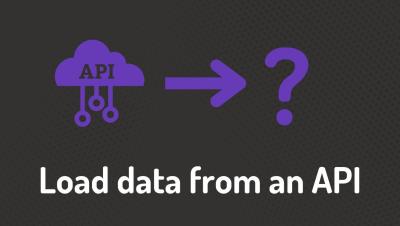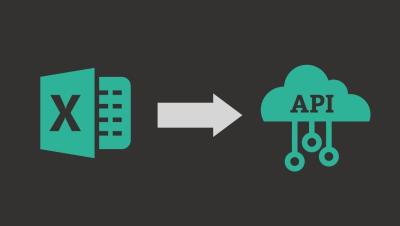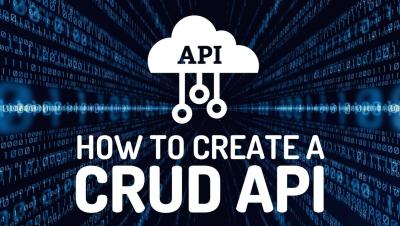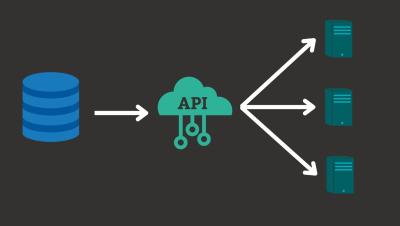Systems | Development | Analytics | API | Testing
Linx
BI complications and their solutions
Any organisation wanting to pursue digital transformation understands the value of good-quality data. Data is akin to digital gold, and it is immensely important to strategic decision-making. Ensuring that your data or BI team has everything they need is part of the challenge.
Simple REST API Creation for Data Distribution
From Excel to API in minutes
Quickly create a CRUD API using Low-Code
Running a BI Team with limited resources
Business Intelligence (BI) teams often face several resource constraints that can impact their ability to deliver their objectives effectively. They must run effective operations with limited time, resources, budget and people. The role can be incredibly challenging when multiple projects are highly prioritised, where data and reports were required yesterday. That said, there are ways to make these challenges more manageable.
Creating BI data pipelines at speed
Data is the invaluable currency of the digital age, holding immense importance in driving critical business decisions and guiding organizations towards success. Yet far too many neglect the mechanisms that manage our data. Data integration is one of the most important parts of digital transformation.
Back-end application hosting made easy
For the day-to-day developer, deployment and hosting, plus the subsequent management of solutions in production, is a considerable challenge, especially if it’s outside their immediate skill set. Hosting applications can be complex. Besides the obvious challenges of scalability, security, and reliability (up-time), you must consider where your application will be hosted, how you plan to deploy it, how to monitor it, and more.
Quickly create Data APIs
Quick and easy CRUD APIs
CRUD (Create, Read, Update, and Delete) is a set of operations allowing users to interact with a database simply and consistently. Creating a CRUD API allows other systems and developers to interact easily with a data store or set. By providing a simple and consistent set of operations, CRUD APIs make it easy to build, scale, and secure applications. Some benefits of a CRUD API include When developing a CRUD API, there are many options to choose from.







